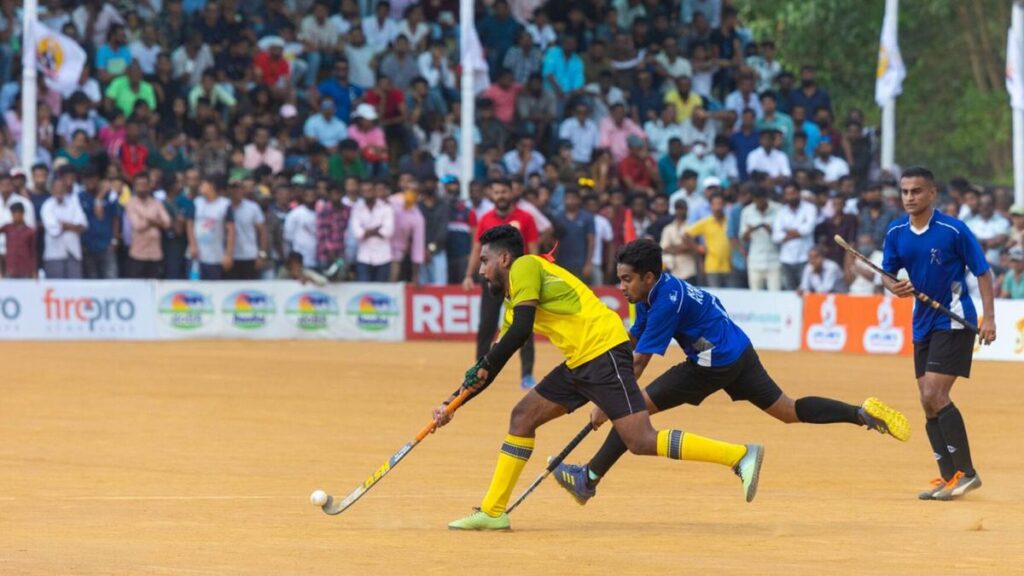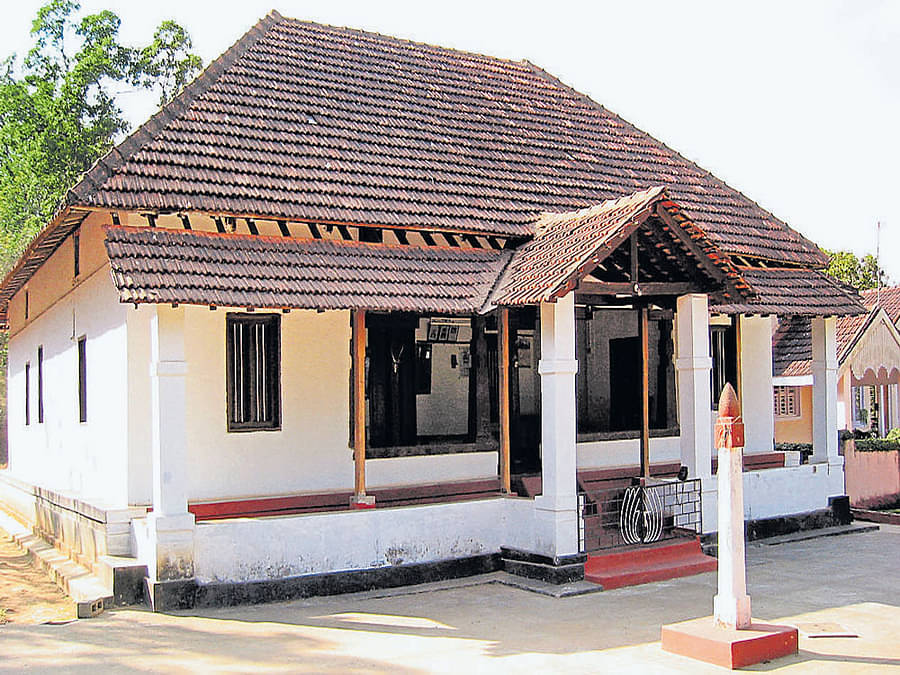The Kodava community organises the inter-family hockey tournament every year where Kodava players from over 300 families come together to play.

For the Kodava community of the small, hilly district of Kodagu in Karnataka, now scattered across the globe, it’s time to return to their roots for an event that’s deeply ingrained in their cultural fabric — the Kodava Hockey Namme (festival). This annual extravaganza brings together families from far and wide to celebrate their love for hockey and their shared heritage.
Organised in the small town of Napoklu, 21 km away from the district headquarters of Madikeri, this festival is no ordinary affair. Recognised as one of the largest field hockey tournaments globally, it has earned a place in the Limca Book of Records.
This year, the excitement is soaring as the Kundyolanda family takes the reins, transforming it into the ‘Kundyolanda Hockey Carnival’. The year’s event will be held from March 30 to April 28.
Fostering community spirit
The Kodava community organises the inter-family hockey tournament every year where players from over 300 local families come together to play. The sporting event has no bar on age or gender. The only rule of forming a team is that all members must be from the same family.
Dinesh Cariappa, convenor of the Kundyolanda Hockey Carnival (KHC), said, “This year, we aim to set a new milestone by hosting the largest field hockey tournament yet. It’s not just about the sport. It’s about fostering community spirit and giving back to our people.”
The organisers have introduced a range of initiatives this year, encompassing career guidance sessions, motivational speeches by experts across different domains, all geared towards empowering the youth. Additionally, free health check-ups, discussions on wealth management, and talks covering diverse topics such as defense, aviation, and agriculture have been arranged for attendees.
Ramesh Muddaiah, president of Kundyolanda Hockey Carnival, said, “We are hopeful that the Karnataka Government will extend its support to the hockey festival, just as it has done for previous editions of the event. Government backing would bolster our efforts to make this carnival a grand success.”
Food festival to cultural extravaganza
With 360 families slated to participate, the enthusiasm is palpable. The carnival promises much more than just hockey matches. A food festival showcasing Kodava delicacies and also other cuisine, matrimonial initiatives, and cultural events celebrating the rich heritage of the community are all part of the extravaganza.
“There are plans for educational sessions on traditional Kodava folk songs, popularly known as Baloo Paat, ensuring the preservation of cultural traditions. Apart from these, two marathons — 5 km and 10 km — are scheduled, selfie points dotted across the venue to capture memorable moments, creating lasting memories for attendees,” Mr. Cariappa said.
The carnival kicks off with much fanfare on March 30 with an inaugural match between the Indian Navy team and the Coorg 11 team. It sets the stage for a month-long celebration of sport, culture, and camaraderie.
Kodava Hockey Festival has come a long way
The late Pandanda Kuttappa started the concept of the Kodava family hockey tournament, which later evolved into a significant sporting event and festival. “Mr. Kuttappa initiated the Kodava Family Hockey Tournament in 1997, organised by the Pandanda family initially, with the belief that harnessing the inherent affection Kodavas have for hockey could foster unity among families and the community,” Mr. Cariappa explained.
From the last one decade, the tournament has emerged as a platform for the community members to discuss trade and business interests, besides scouting for marital alliances, according to Mr. Muddaiah. “In the first tournament, which was organised in 1997, nearly 60 teams took part. The format of the tournament was such that every year, one of the Kodava families had to host the event. Now, over 300 families participate involving 3,000 hockey players,” he added.
Preparation for the 2024 edition is underway at the Napoklu General Thimayya Ground, one of the town’s three mud grounds. Temporary bleachers surround the ground to accommodate approximately 30,000 spectators. Various amenities, including galleries, lighting, speakers, and display boards, have been installed.
source: http://www.thehindu.com / The Hindu / Home> News> India> Karnataka / by Darshab Devaiah B / March 22nd, 2024


